 Today’s post comes from Michael Nealis, Interactive Strategy Coordinator for Points of Light.
Today’s post comes from Michael Nealis, Interactive Strategy Coordinator for Points of Light.
Last week I talked about a Thanksgiving tradition that my best friend Marc and I started a few years ago. We started getting together with our really close friends for Thanksgiving because my parents lived far away from where I was and his parents usually traveled for the holiday.
Over the years our Thanksgiving dinner has expanded in size; both in the number of guests and the amount of food. This year was the first year that the guest list ended up being fifty people, and it was the first time hosting the meal at Marc’s home instead of his parents’ house.

Misty and I were excited by the turducken.
So, with all of the firsts, we decided to add one more first to the mix. It was the first year that we decided to add an element of do-gooding to the mix.
We asked our guests to bring a donation for the Freestore Foodbank in Cincinnati so we could help other people in Cincinnati enjoy the holidays as much as we do.
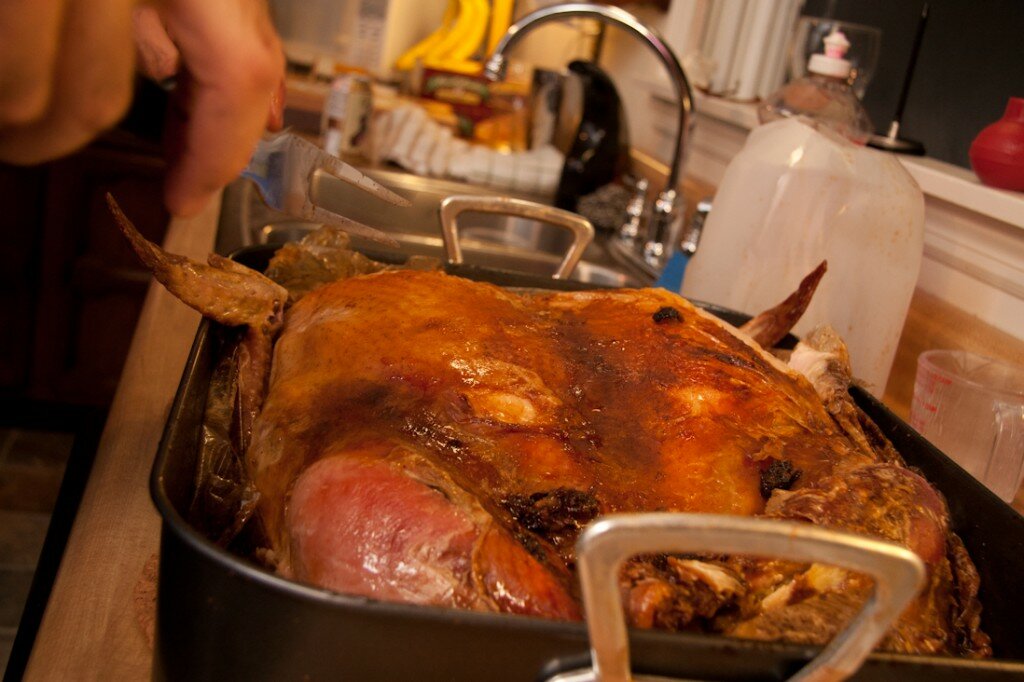
The turducken emerges from the oven!
Overall, the dinner was a great experience from Turducken prep to dropping off a check for $150 at the Freestore Foodbank. We learned a few lessons about hosting a lot of people, leading dinner conversations, and crowdsourcing donations for a cause.
Be prepared for things to not go as planned. Anyone that works with volunteers knows that something is eventually going to go wrong that you never thought of. We thought that we had thought of anything that could go wrong; we had a backup meal plan, fire extinguishers, we tested all of the circuit breakers, made sure there would be enough seating, food, drinks, and space for everyone to eat at.
One thing we hadn’t thought of was that Marc lives somewhere that directions include “turn off of the paved road,” that some map sites might confuse “Old State Route 133″ with “State Route 133,” and that my cell phone doesn’t get service at Marc’s house.
Lesson learned: Make sure that everyone that’s coming to your event has correct directions to the event!
Conversations can’t be forced, but they can be seeded. In addition to collecting donations, we wanted to see if we could get people talking about why were collecting the donations – why so many people in Cincinnati need to go to the food bank to get food to help feed themselves and their families. While not a lot of people talked about hunger issues directly, there was a great conversation about how kids learn to what to eat at home and in schools, and how school lunches can help to teach healthy eating habits.
Lesson learned: If you’re hosting an America’s Sunday Supper for Martin Luther King, Jr. Day, your conversations might not go just how you hope. That doesn’t mean that you won’t find somewhere to start making a change in your community!
Shoot for the moon, and don’t worry if you miss. Marc and I were really excited as we looked over the final guest list. We had asked people to bring ten dollars for the Freestore Foodbank if they had the extra cash. Between not everyone being able to make it to dinner and some people being in a tight spot, we didn’t hit our goal for donations but we did collect money that’s going to help families in crisis.
Lesson learned: It was awesome to have a goal even if it may have been too ambitious. We didn’t meet our goal, but we did help the food bank to help more families. It’s important to set goals, but don’t get discouraged if you end up not being able to meet them. You can always try again, and what you do accomplish is helpful and appreciated!

Marc thinks that turducken, and helping people, are delicious.
Did you have an awesome Thanksgiving? Are you making plans for America’s Sunday Supper on Martin Luther King, Jr. Day? Let us know about your plans in the comments!
All of the awesome pictures of Turduckenfest 2011 are courtesy of the great Nicholas Viltrakis, who is known to take a picture or three.
 Neighboring is an asset- and empowerment-based approach that engages underserved and underresourced community members to find innovative, sustainable solutions to address local challenges. Asset-based refers to the acknowledgment that all members of a community can offer something to improve the community: talents, skills, knowledge, or resources. The resident-led approach primarily focuses on a specific geographic area (i.e., ZIP code, neighborhood, or street) in which the majority of the volunteers, activities, and organization come from within a community.
Neighboring is an asset- and empowerment-based approach that engages underserved and underresourced community members to find innovative, sustainable solutions to address local challenges. Asset-based refers to the acknowledgment that all members of a community can offer something to improve the community: talents, skills, knowledge, or resources. The resident-led approach primarily focuses on a specific geographic area (i.e., ZIP code, neighborhood, or street) in which the majority of the volunteers, activities, and organization come from within a community.


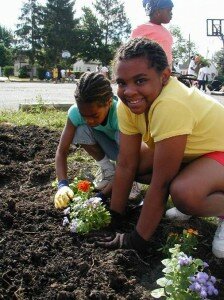 the project around that.
the project around that.
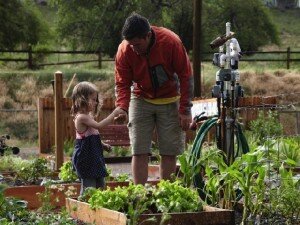 Your garden will be a great way to celebrate the month of May while improving your community’s overall well being. Gardens contribute to a better ecosystem, overall.
Your garden will be a great way to celebrate the month of May while improving your community’s overall well being. Gardens contribute to a better ecosystem, overall.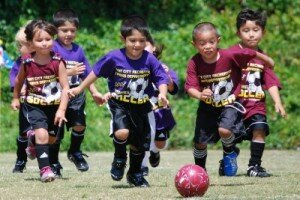 The birds are chirping, the weather is perfect, and you need an activity to get you outside and active! Spring is the time to organize a community sports activity! There is no better reason than perfect weather to get your community together for a fun activity?
The birds are chirping, the weather is perfect, and you need an activity to get you outside and active! Spring is the time to organize a community sports activity! There is no better reason than perfect weather to get your community together for a fun activity? you would like to collect donations or you will charge for admission. Determine your space size and how many participants it can hold.
you would like to collect donations or you will charge for admission. Determine your space size and how many participants it can hold.
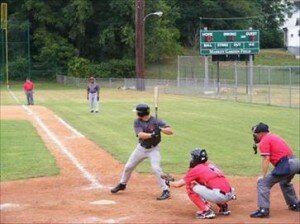 Forming a sports team is a great way to start the process of neighboring in your community. Whether you form a little league baseball team or an adult swim team it is a great way to be social with your community members, while improving overall health through being active.
Forming a sports team is a great way to start the process of neighboring in your community. Whether you form a little league baseball team or an adult swim team it is a great way to be social with your community members, while improving overall health through being active.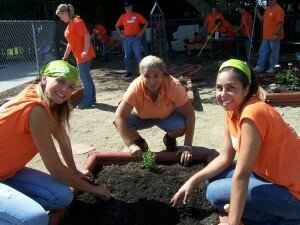 In case you have just awoken from winter hibernation, spring has finally arrived! From the high levels of pollen to the newborn animals running around spring is in full swing and will not be ignored. Since we cannot hide from it, it is time to celebrate the new spring season with volunteer work (we would not be
In case you have just awoken from winter hibernation, spring has finally arrived! From the high levels of pollen to the newborn animals running around spring is in full swing and will not be ignored. Since we cannot hide from it, it is time to celebrate the new spring season with volunteer work (we would not be 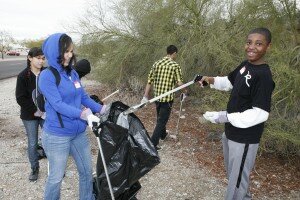

 Keeping your community beautiful is a great way to better your economy, environment and well-being. This month get out and take pride in your community’s appearance. Let’s clean up our neighborhoods and make every month Keep America Beautiful Month!
Keeping your community beautiful is a great way to better your economy, environment and well-being. This month get out and take pride in your community’s appearance. Let’s clean up our neighborhoods and make every month Keep America Beautiful Month! Today at
Today at 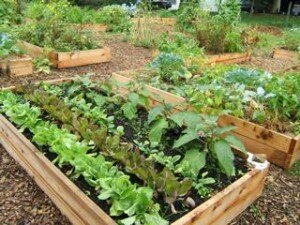 to play a role in the garden activities. These members will be vital in funding the garden, keeping up with its maintenance, and planning events.
to play a role in the garden activities. These members will be vital in funding the garden, keeping up with its maintenance, and planning events.
 exchange phone numbers or email addresses, it is important that all members can get in touch with each other in case anything comes up. It will also help maintain that sense of community between all those involved!
exchange phone numbers or email addresses, it is important that all members can get in touch with each other in case anything comes up. It will also help maintain that sense of community between all those involved!
 l media channels lately, you may be asking yourself what is this #Haiti365 stuff? It is a good thing you are reading our blog today because we are about to tell you exactly why we are talking about this and why
l media channels lately, you may be asking yourself what is this #Haiti365 stuff? It is a good thing you are reading our blog today because we are about to tell you exactly why we are talking about this and why 
 UNICEF has saved more children’s lives than any other humanitarian organization in the world. Working in more than 150 countries, UNICEF provides children with health and immunizations, clean water, nutrition, education, emergency and disaster relief, and more. The U.S. Fund for UNICEF supports UNICEF’s work through fundraising, advocacy, and education in the United States.
UNICEF has saved more children’s lives than any other humanitarian organization in the world. Working in more than 150 countries, UNICEF provides children with health and immunizations, clean water, nutrition, education, emergency and disaster relief, and more. The U.S. Fund for UNICEF supports UNICEF’s work through fundraising, advocacy, and education in the United States. excitement! Who can resist watching funny commercials, seeing Madonna perform for the halftime show, seeing your favorite teams fight to the death, eating yummy food, and just participating in some good ol’ American fun!
excitement! Who can resist watching funny commercials, seeing Madonna perform for the halftime show, seeing your favorite teams fight to the death, eating yummy food, and just participating in some good ol’ American fun! Compose cheers, make signs, wear uniforms, etc. Whoever collects the most food gets the trophy. Competition adds a fun aspect to the service initiative because it keeps players’ adrenaline going! Isn’t that why the most of us watch the Super Bowl in the first place?
Compose cheers, make signs, wear uniforms, etc. Whoever collects the most food gets the trophy. Competition adds a fun aspect to the service initiative because it keeps players’ adrenaline going! Isn’t that why the most of us watch the Super Bowl in the first place?
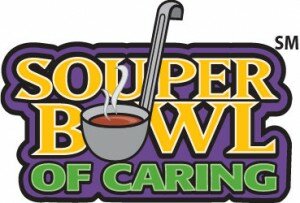
 Today’s post comes from Michael Nealis, Interactive Strategy Coordinator for
Today’s post comes from Michael Nealis, Interactive Strategy Coordinator for 


 There is no ordinary turkey for us. Instead,
There is no ordinary turkey for us. Instead,  Our dinner is a great opportunity for all of us to take some time to think about Martin Luther King, Jr. Day, which isn’t very far away. Dr. King’s envisioned a beloved community where people would not stand for their neighbors to be homeless or hungry, where human existence is social and we reach out to our neighbors to come together.
Our dinner is a great opportunity for all of us to take some time to think about Martin Luther King, Jr. Day, which isn’t very far away. Dr. King’s envisioned a beloved community where people would not stand for their neighbors to be homeless or hungry, where human existence is social and we reach out to our neighbors to come together. Whether you represent a nonprofit organization, volunteer center, corporation, community foundation, community of faith, or other group, these guidelines can help you thoughtfully approach and organize a successful partnership, thereby playing a key role in strengthening neighborhoods and families.
Whether you represent a nonprofit organization, volunteer center, corporation, community foundation, community of faith, or other group, these guidelines can help you thoughtfully approach and organize a successful partnership, thereby playing a key role in strengthening neighborhoods and families. Meet with key community leaders or invite community representatives to forums where they can participate and become informed about resources for the neighborhood. Develop connections with leaders and residents that foster sustainable activities to address the issues they want to work on in their community.
Meet with key community leaders or invite community representatives to forums where they can participate and become informed about resources for the neighborhood. Develop connections with leaders and residents that foster sustainable activities to address the issues they want to work on in their community.
